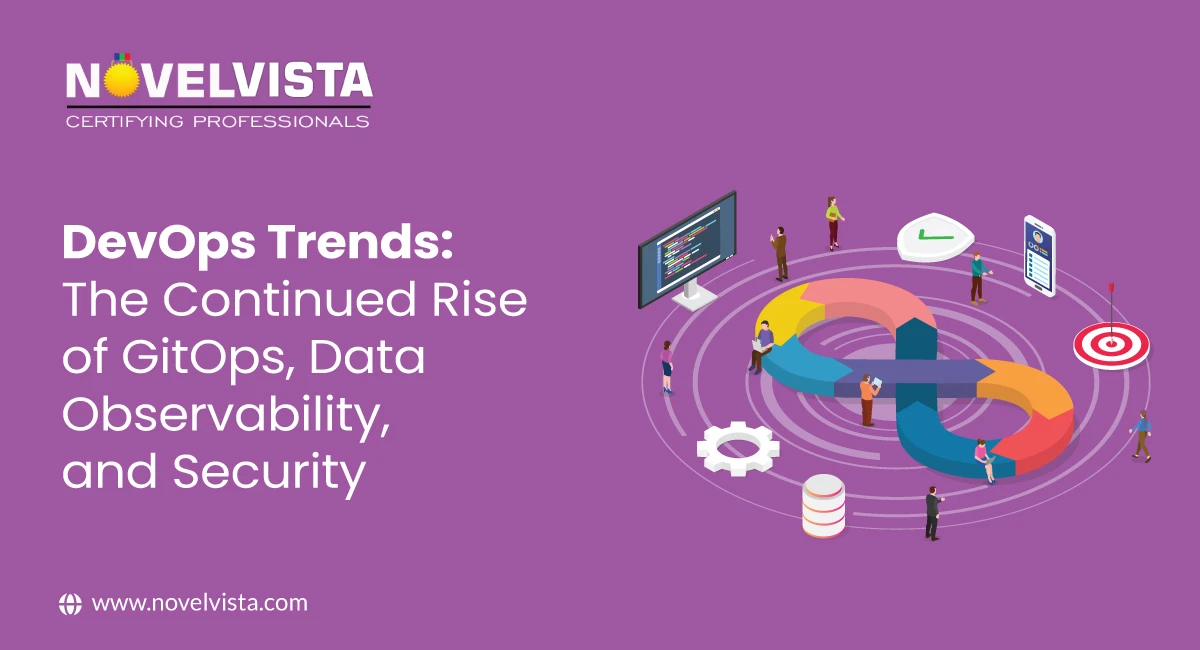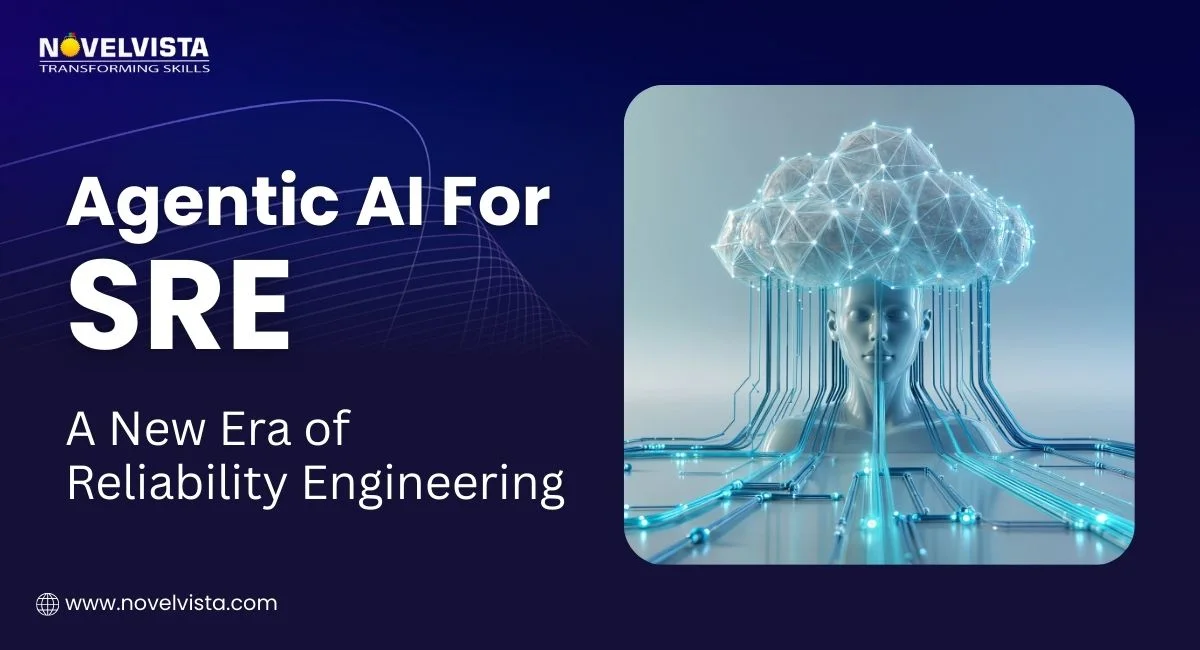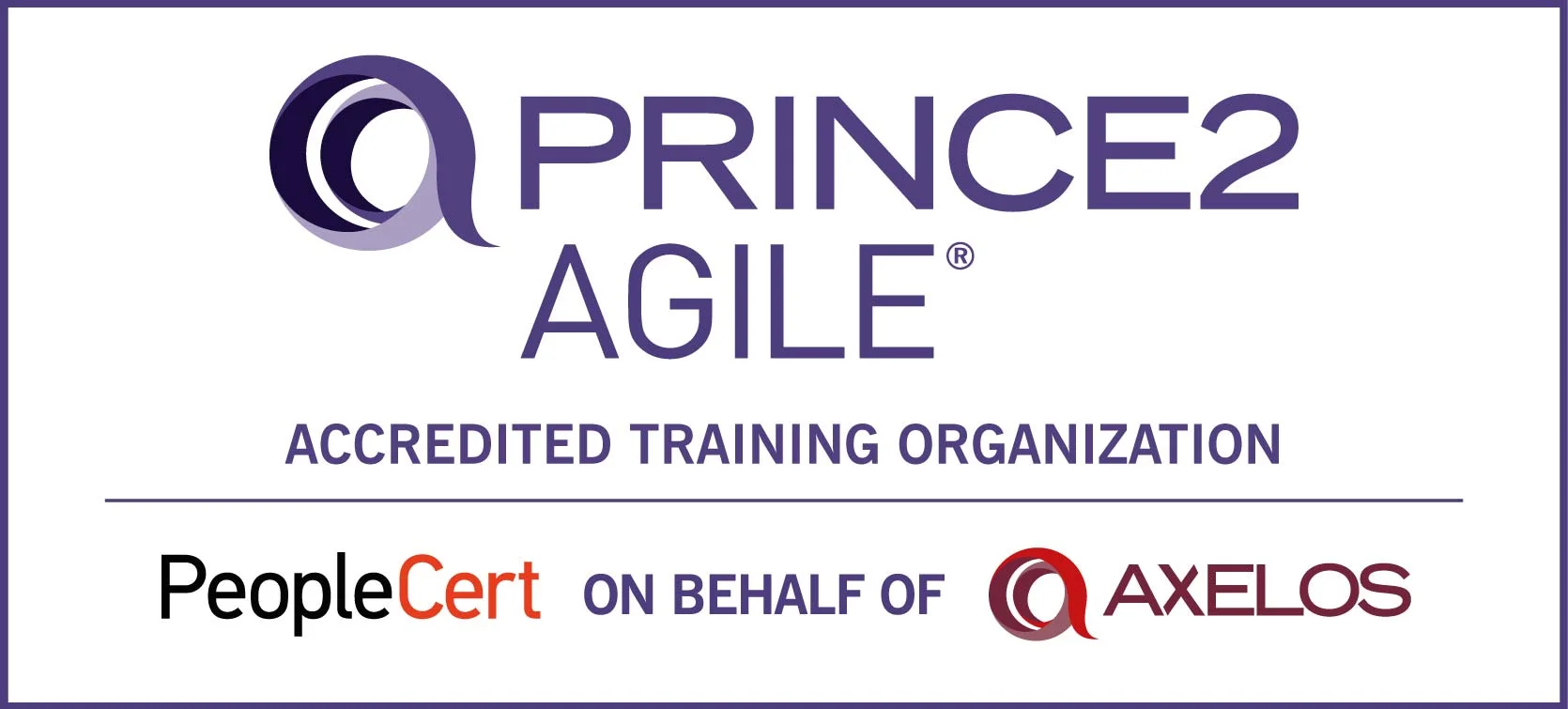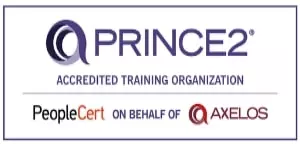- What is DevOps?
- The Cultural Change in DevOps
- DevOps AI Integration: Automating Efficiency
- Infrastructure as Code (IaC) & DevOps Automation Tools
- GitOps Best Practices: A Modern Approach to CI/CD
- DevSecOps & Cloud Security Automation
- Edge Computing: The Next DevOps Frontier
- Four major trends that will impact the future of DevOps
- Additional Security Steps for Maximum Impact
- Cloud-Native DevOps Strategies & Hybrid Cloud Adoption
- Future of DevOps: Trends to Watch in 2026
- What Does the Future of DevOps Look Like?
- Real-World DevOps Case Studies
- Conclusion
The landscape of DevOps trends is evolving rapidly, driven by automation, security improvements, and cloud-native innovations. Companies must transform to stay competitive by adapting Next-gen strategies such as DevOps AI integration, Infrastructure as Code (IaC), and cloud security automation.
In this blog, we will take a look into the key developments transforming DevOps trends and provide information to help organizations build a flexible and secure DevOps pipeline.
DevOps is a new delivery model that has emerged as an effective method for building solutions. This innovative delivery model is gaining traction, but what exactly is it, and why should your organization care?
DevOps is a collection of best practices that make it easier to develop, deploy, and manage applications using automation. It helps an organization develop new applications more quickly and efficiently by coordinating software developers and IT professionals.
First, let us understand DevOps in a little more detail.
What is DevOps?
DevOps is a relatively new term. Its concept is based on known practices like continuous integration, continuous delivery, and infrastructure as code.
DevOps is a collection of all the best practices that help automate the software development process. It helps in improving communication and collaboration between software developers and IT professionals.
DevOps aims to speed up the software development process and improve the quality of software releases.
The Cultural Change in DevOps
Beyond tools and automation, DevOps success depends on breaking barriers and promoting collaboration.
Key Cultural Changes:
- Cross-functional teams – Developers, operations, and security experts work together.
- Continuous Learning – Upskilling and certifications improve DevOps maturity.
- Communication Tools – Slack, Microsoft Teams, and Jira improve teamwork.
A strong DevOps culture makes sure smooth collaboration, innovation, and business flexibility.
DevOps AI Integration: Automating Efficiency
Artificial Intelligence (AI) and DevOps and machine learning are revolutionizing software development by automating repetitive tasks and improving decision-making.
Key Benefits of AI in DevOps:
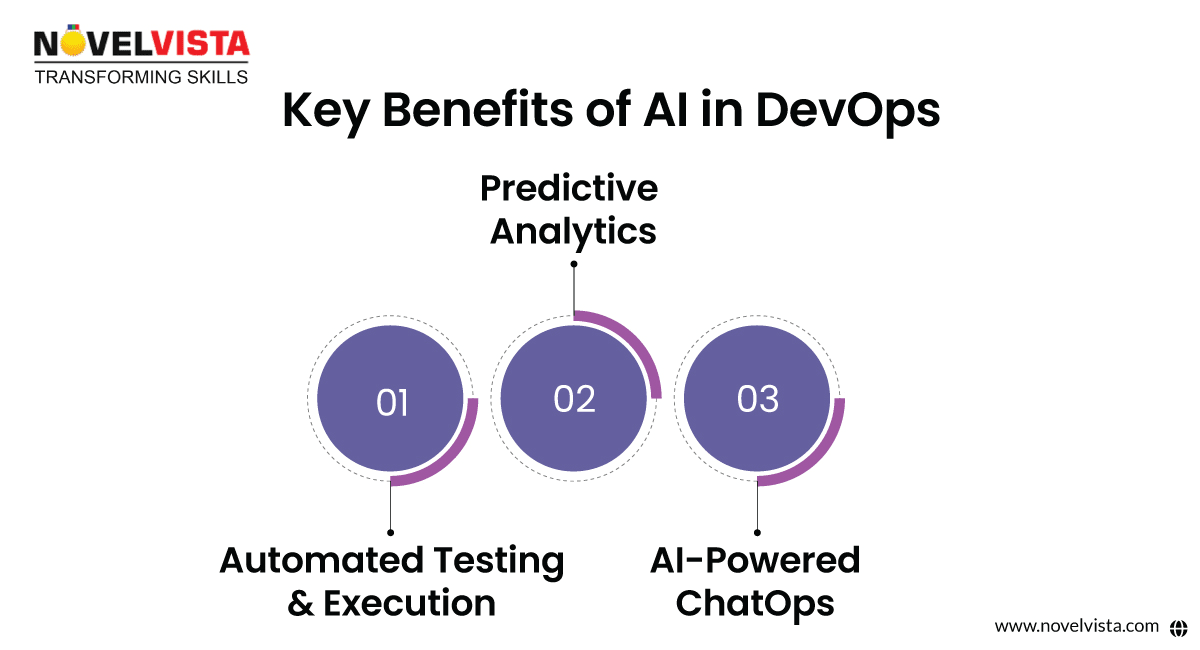
- Automated Testing & Execution – AI Operates CI/CD methods by minimizing human involvement.
- Predictive Analytics – Machine learning systems analyze past executions to avoid failures.
- AI-Powered ChatOps – Virtual assistants improve incident management for DevOps teams.
By using AI, organizations can improve productivity, reduce downtime, and elevate overall DevOps efficiency.
Infrastructure as Code (IaC) & DevOps Automation Tools
IaC allows developers to automate systems supplying, minimizing human errors and improving efficiency.
Why IaC is Essential in DevOps:
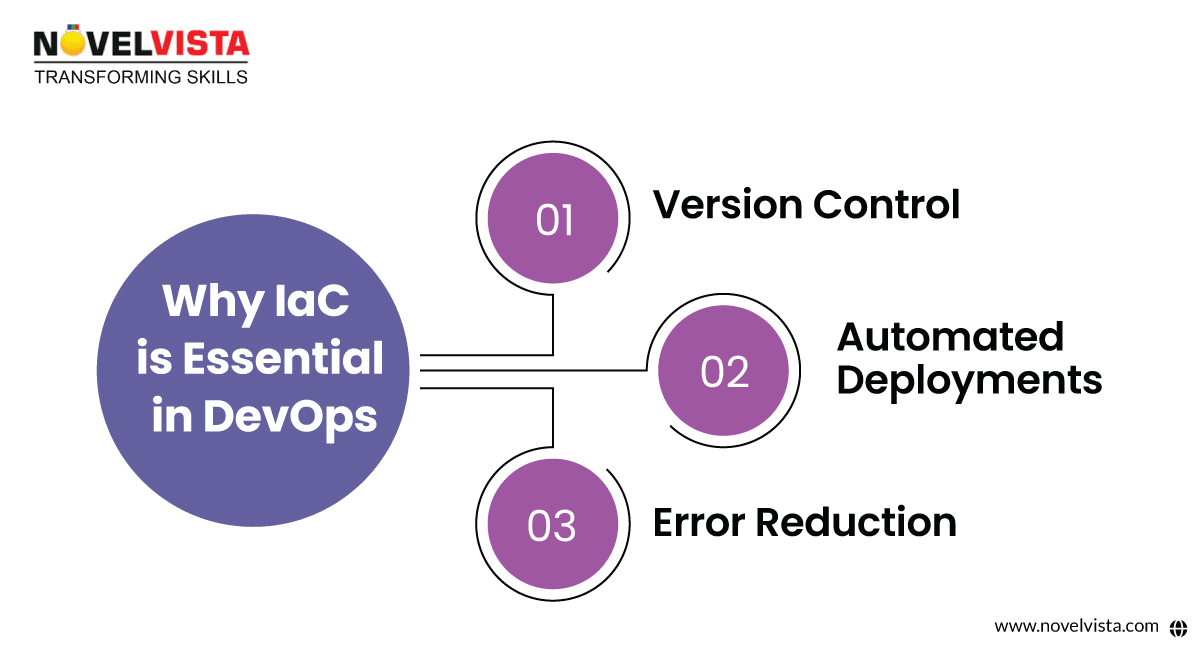
- Version Control – Systems changes are managed through storage locations.
- Automated Deployments – IaC accelerates provisioning and scaling.
- Error Reduction – Eliminates configuration drift across environments.
Popular DevOps automation tools like Terraform and Ansible simplify infrastructure management, making deployments faster and more reliable.
GitOps Best Practices: A Modern Approach to CI/CD
GitOps is an evolving methodology that boosts CI/CD processes by using Git as the single source of truth.
GitOps Best Practices:
- Declarative Configuration – Infrastructure and applications are defined in code.
- Automated Workflows – Changes are automatically executed via CI/CD pipelines.
- Elevated Collaboration – Developers and operations teams work smoothly.
By following GitOps best practices, organizations can guarantee consistent, version-controlled infrastructure management.
DevSecOps & Cloud Security Automation
Security is essential to modern DevOps methods, leading to the rise of DevSecOps and automated security testing.
Key Security Trends:
- Cloud Security Automation – Automated security policies ensure compliance and risk mitigation.
- Shift-Left Security – Security practices are merged early in development.
- Continuous Security Testing – CI/CD pipelines now include security scans and gap analysis.
With cloud security automation, businesses can proactively resolve security risks without slowing down innovation.
Edge Computing: The Next DevOps Frontier
Edge computing is redefining DevOps by processing data closer to the source rather than relying on centralized cloud servers.
Benefits of Edge Computing in DevOps:
- Reduced Response time – Processing data at the edge reduces lags.
- Improved Performance – Real-time applications run more effectively.
- Boosted Security – Sensitive data is executed locally, minimizing visibility to cyber risks.
Edge computing will reshape the DevOps teams by unlocking faster, more efficient software delivery.
Four major trends that will impact the future of DevOps
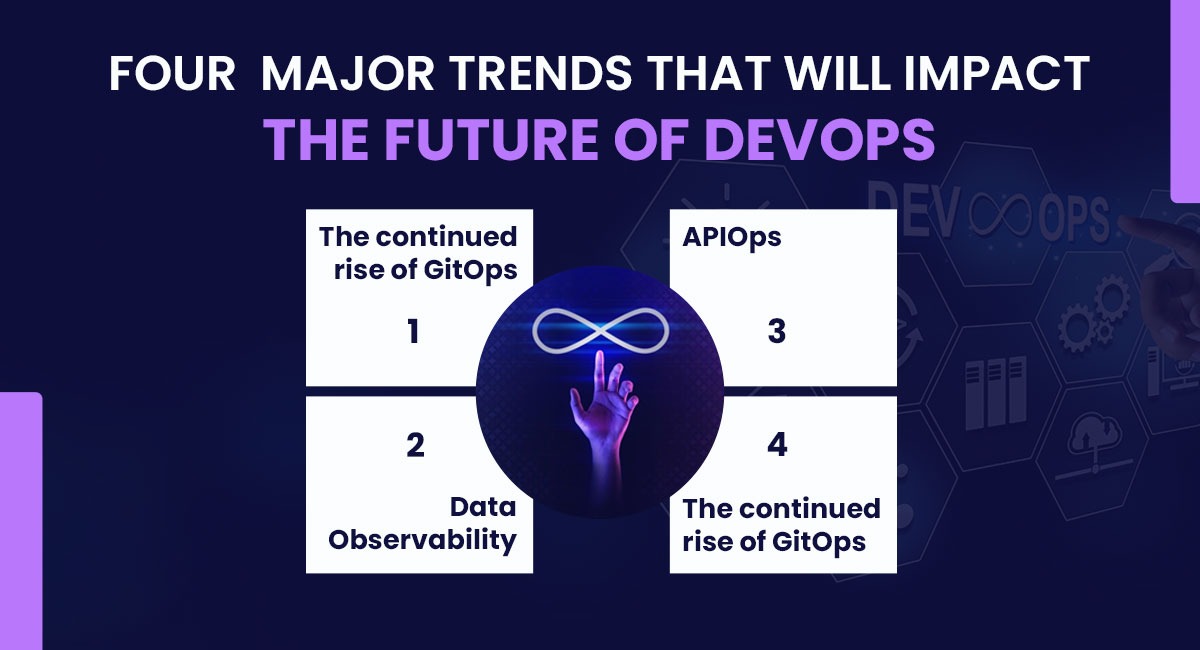
Below are four of the most prominent trends: the continued rise of GitOps, dataobservability, and security.
1. The continued rise of GitOps
Deployments often suffer from a "snowflake" problem. Every rollout requires unique steps, making it difficult to automate and prone to errors. As this process becomes increasingly complex, DevOps teams are looking for new ways to streamline their workflow.
That's where GitOps comes in.
- GitOps is a special approach within DevOps. It focuses on managinginfrastructureand application development by storing them in Git repositories.
- Unlike other DevOps trends, GitOps prioritizes developers. It achieves this by cleverly merging infrastructure management with application development in the familiar territory of a single version control system.
Think of it like building a house. With GitOps, the blueprints for the house (your application code) and the instructions for building the foundation (your infrastructure) are all stored in the same place (Git). This makes it easier for everyone to collaborate and reduces errors.
But how does GitOps address all the challenges in the DevOps workflow? Let’s take a closer look.
Leverages Git as the single source of truth:
GitOps accepts the Git repository as the single source of truth. It leverages Git as a central hub for managing everything related to deployments. This enables easy tracking of changes along with Git's version control feature.
GitOps also enables teams to easily roll back changes to previous versions in case of issues, minimizing recovery time. Plus, since everything is defined in code, it promotes collaboration and transparency across teams.
Closing the Last Mile Gap
“The last mile” refers to the last crucial step of the DevOps process. This step involves deploying your application for the end-user where your code transforms into a functional product.
However, many organizations struggle with the speed of getting their applications to the end user. The main cause of this is lengthy release cycles spanning over a period of a few weeks to several months.
- GitOps promotes a workflow that breaks down deployments into smaller, incremental changes. This approach minimizes the risk of introducing multiple problems at once.
- By focusing on single fixes and deploying them independently, teams can iterate faster and deliver updates and bug fixes to users more quickly.
- This not only shortens the deployment cycle but also ensures that the end user gets the latest updates and bug fixes as soon as possible.
More time for marketing
GitOps bridges the gap between development and deployment, significantly giving you more time to market your product. Delivering applications faster translates to happier end-users.
By streamlining your DevOps workflow with GitOps, you can ditch lengthy release cycles and embrace a more efficient approach.
Automated Testing and Continuous Integration/Delivery
GitOps leverages automated testing, which significantly enhances the effectiveness of the continuous integration and continuous delivery (CI/CD) model. This approach ensures high-quality deployments without human errors.
- CI (Continuous Integration):This stage focuses on building and rigorously testing the code to ensure its functionality and stability. Think of it as a quality control checkpoint where a reliable package emerges, ready for deployment.
- CD (Continuous Delivery):This stage takes the baton from CI. Here, the focus shifts towards automating the flow of further testing. Once the code passes all necessary tests, a robust package is automatically created. This package can then be seamlessly deployed to the end-user environment without manual intervention.
By automating the delivery process, GitOps reduces the chances of human error during deployments.
Effortless Deployments with GitOps
GitOps simplifies the continuous deployment (CD) process. Once the code clears the rigorous CI/CD pipeline, it automatically gets deployed to the designated environment. This automation eliminates the need for manual steps, guaranteeing that approved changes reach users swiftly.
By defining infrastructure and application configurations in code and embracing automation, this approach enhances collaboration and transparency within teams.
GitOps as a trend is likely to continue in 2024 and beyond, driven by its numerous advantages. A majority (60%) of CNCF survey participants have been using GitOps for over a year. They're joined by a significant portion (31%) who hopped on board in the past year. Even the remaining holdouts seem convinced, with two-thirds (67%) expecting to adopt GitOps within the next year.
2. Data Observability
In today's data-driven world, applications generate a huge amount of data. With so much data in our hands, it becomes crucial to monitor and analyze this data to ensure smooth application performance. This is where data observability comes into play.
Data observability goes one step beyond traditional monitoring. It's about understanding how your entire system behaves. This includes applications, infrastructure as well as user interactions.
Organizations use different tools to do this. These tools collect and analyze data, thus providing teams with collated information on their system's health.
This helps teams to proactively diagnose issues before they impact users.
Here's how data observability is shaping DevOps trends in 2024:
Proactive Problem Solving
Data observability allows teams to move from basic troubleshooting to proactive problem-solving. By analyzing historical data and understanding patterns, potential issues can be solved before they become major disruptions.
Improved User Experience
Understanding how users interact with your application helps teams identify areas for improvement. This will help in giving users an optimal user experience.
Enhanced Application Performance
Data observability helps pinpoint performance bottlenecks within your application. This allows you to target where your efforts are needed and thus enhance overall application performance.
3. APIOps
APIOpsis an emerging trend within the DevOps ecosystem, emphasizing the automation, management, and monitoring of APIs. This approach streamlines API development and deployment processes, aligning them with DevOps principles to enhance agility and efficiency.
Enhanced Collaboration
APIOps fosters better collaboration between development and operations teams. By automating API lifecycle management, teams can work concurrently on API development and deployment, reducing bottlenecks and enhancing productivity.
Increased Reliability
APIOps promotes consistent and reliable API performance. Automated testing and monitoring ensure that APIs meet performance standards and function correctly across different environments, minimizing downtime and errors.
Accelerated Time-to-Market
With APIOps, organizations can significantly reduce the time required to develop, test, and deploy APIs. Automation of repetitive tasks and streamlined workflows enable faster iterations and quicker delivery of new features, giving businesses a competitive edge.
4. DevSecOps: The evolution of security and compliance practices
In 2024, DevSecOps is a crucial part ofDevOps trends. It is becoming a standard as organizations recognize the importance of integrating security early on.
Traditionally, security was viewed as a separate entity, addressed at the end of the development process. However, prevention is better than cure. This approach of responding after the problem has arrived is no longer enough for evolving cybersecurity threats.
DevSecOps is a methodology that integrates security into all stages of the software development lifecycle. This includes everything from initial design through development, testing, and deployment.
Shift-left Approach
DevSecOps aims to move security to the left. This is called the 'shift-left' approach. This means that security issues are detected and fixed early in the development process rather than at the end, leading to more secure applications.
Collaboration
DevSecOps brings together developers, operations, and security teams to work as one. This helps in automating repetitive processes and speed deployment. Security checks become part of the normal development process, happening early and often. By finding security issues early, it's easier and faster to fix them. Thus, DevSecOps helps organizations build software that's more secure right from the beginning.
Additional Security Steps for Maximum Impact
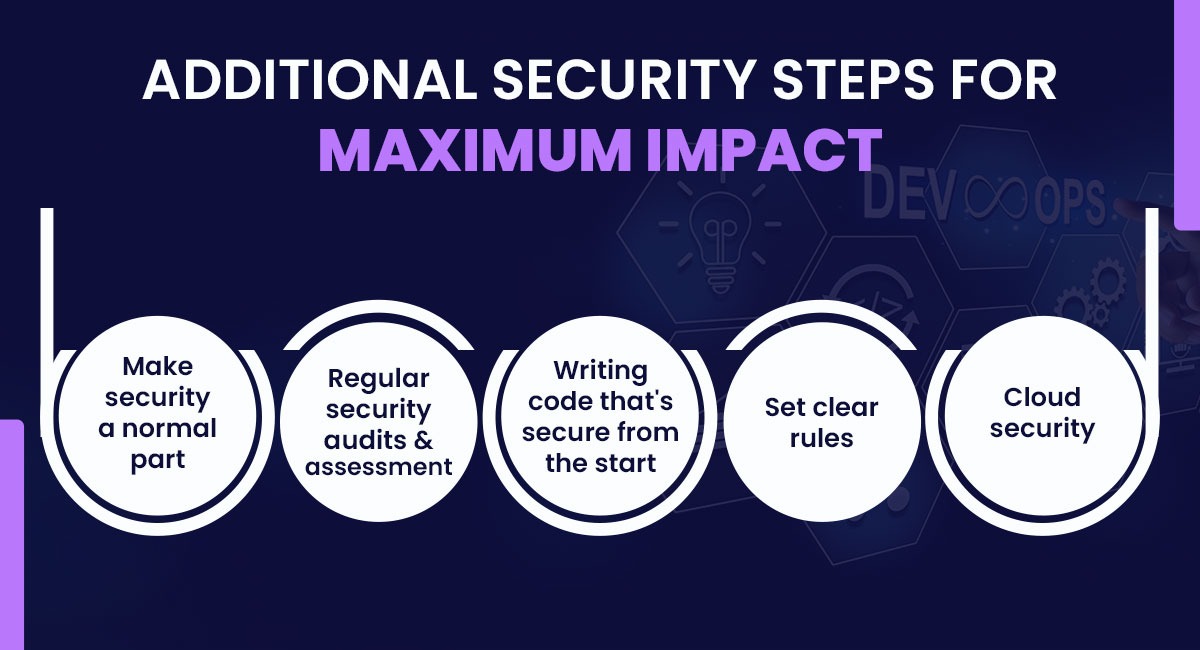
The DevSecOps Market is forecast to reach$19 billion by 2030, after growing at aCAGR of 28.85%during 2024-2030. More and more companies are using DevSecOps.36%are already using DevSecOps for software development.
To make it even better, there are a few things companies can do:
- Train the involved software developers and DevOps personnel, on how to build secure software.
- Make security a normal partof the entire development process and not just the end part.
- Set clear rulesfor how to include security in development.
- Since everything is on cloud nowadays, help the security team learn more aboutcloud security.
- Give developers tasks that involvewriting code that's secure from the start.
Cloud-Native DevOps Strategies & Hybrid Cloud Adoption
As businesses switching to microservices and containerization, cloud-native DevOps methods are becoming the pillar of modern development. Hybrid cloud models are also gaining traction, offering flexibility and cost-efficiency.
Why Hybrid Cloud Matters:
- Scalability – Workloads can scale in real time with physically data centers and cloud environments.
- Resilience – Cloud-native architectures assures fault tolerance and high availability.
- Cost Optimization – Businesses can balance public and private cloud usage for maximum efficiency.
Using the hybrid cloud allows organizations to operate resources while maintaining security and performance.
Future of DevOps: Trends to Watch in 2026
Looking ahead, various innovations will transform the next stage of DevOps:
- AI-Driven DevOps (AIOps) – High-level data analysis and automation will operate software delivery.
- Quantum Computing & DevOps – Upcoming technologies may reshape data processing.
- Low-Code & No-Code DevOps – These platforms will distribute software development.
By staying ahead of these DevOps trends, organizations can secure their operations and maintain a competitive edge.
What Does the Future of DevOps Look Like?
The future of DevOps is bright and holds a myriad of possibilities. The demand for DevOps specialists is growing because of the growing amount of companies adopting DevOps strategies.
In addition, as businesses become more reliant on technology, DevOps will be here to be a part of their business strategy.
Real-World DevOps Case Studies
Netflix: Continuous Delivery at Scale
Netflix use DevOps to deliver smooth content streaming. Through automated executions and real-time monitoring, the company makes sure optimal performance for millions of users.
Amazon: DevOps for Speed and Agility
Amazon integrates CI/CD, microservices, and AI-driven scaling to support rapid software releases with minimal downtime.
These real-world examples showcase how DevOps teams can maximize efficiency and scalability.
Ready to future-proof your DevOps skills?
Explore our Top DevOps Certification Programs designed to help you stay ahead in 2026 and beyond.
Conclusion
GitOps offers a collaborative and automated approach to infrastructure and application deployments. It promotes collaboration and reduces errors by providing a single platform.
Data observability helps teams gain an in-depth understanding of their systems. It enables enhanced application performance, proactive problem-solving, and an overall improved user experience.
Security is a top priority and it is no more addressed at the end of the development process. DevSecOps integrates security into all stages of the software development lifecycle in response to the ever-evolving cybersecurity threats.
The future of DevOps trends is being shaped by AI-driven automation, cloud-native strategies, and security automation. By embracing modern technologies like DevOps automation tools and CI/CD tools, organizations can streamline their software delivery processes.
To gain in-depth knowledge and certification in DevOps, check out the DevOps Practitioner Certification Course offered by NovelVista. Future-proof your career and stay ahead in the DevOps revolution!
Author Details

Vaibhav Umarvaishya
Cloud Engineer | Solution Architect
As a Cloud Engineer and AWS Solutions Architect Associate at NovelVista, I specialized in designing and deploying scalable and fault-tolerant systems on AWS. My responsibilities included selecting suitable AWS services based on specific requirements, managing AWS costs, and implementing best practices for security. I also played a pivotal role in migrating complex applications to AWS and advising on architectural decisions to optimize cloud deployments.
Confused About Certification?
Get Free Consultation Call

